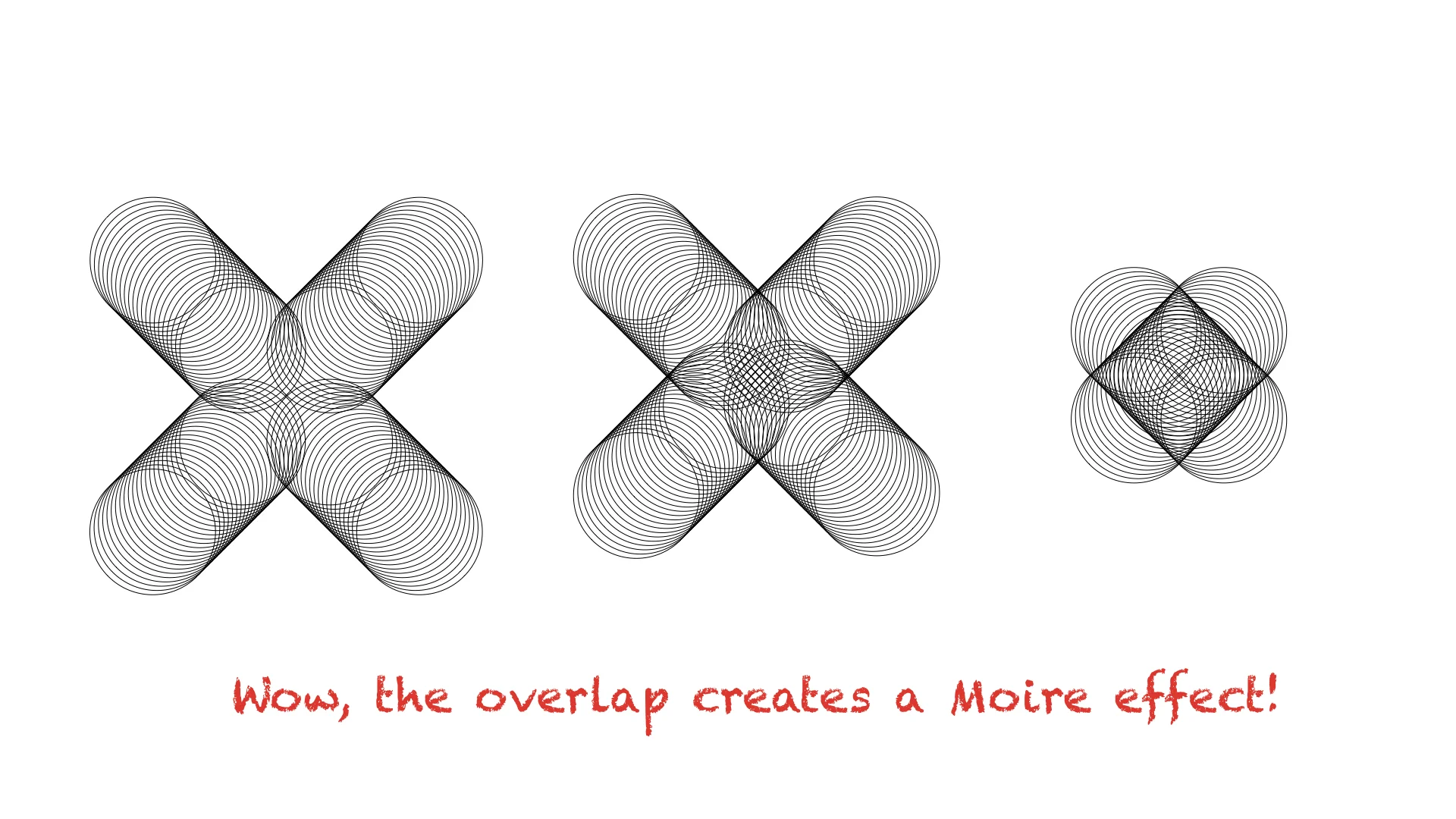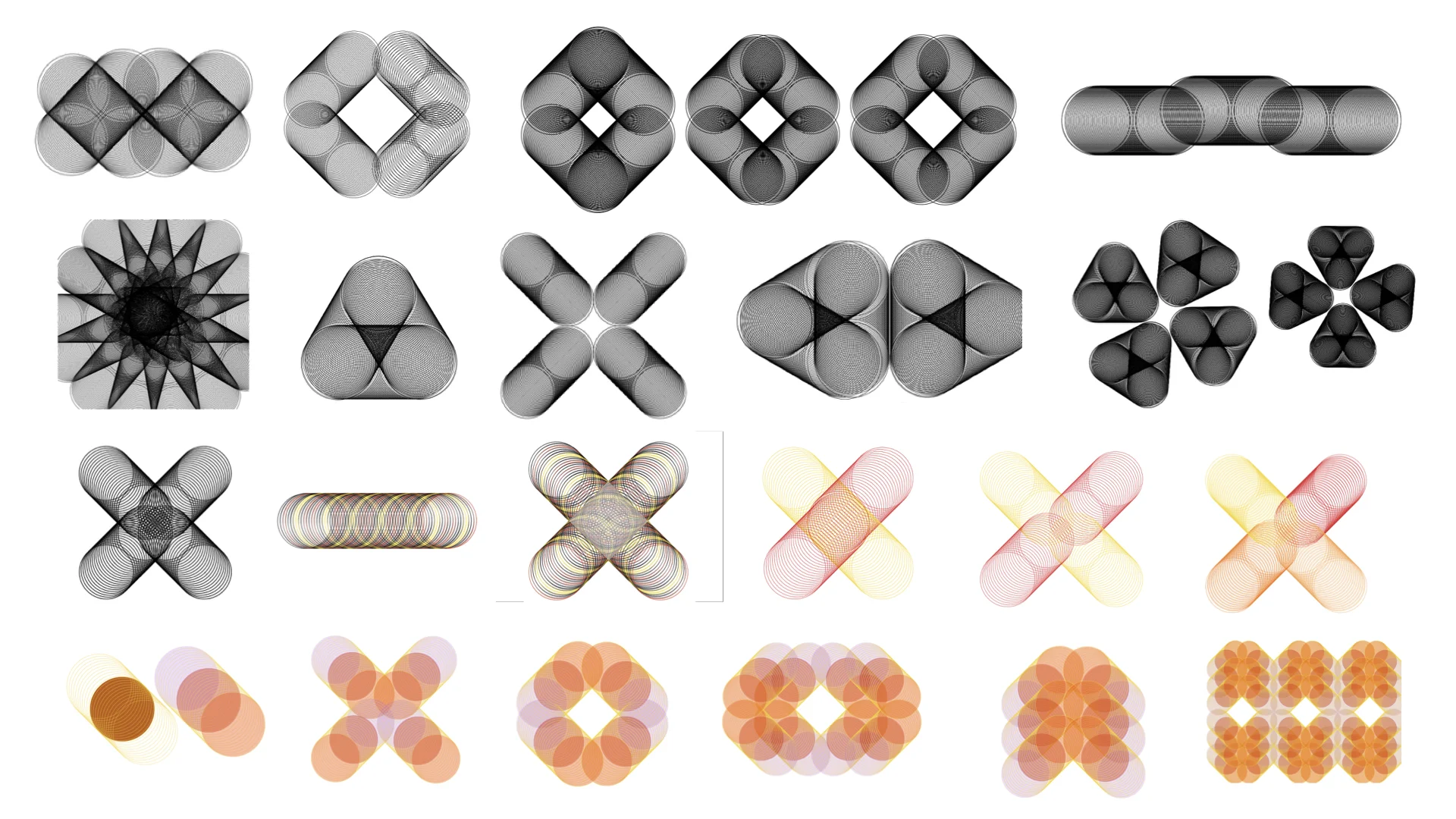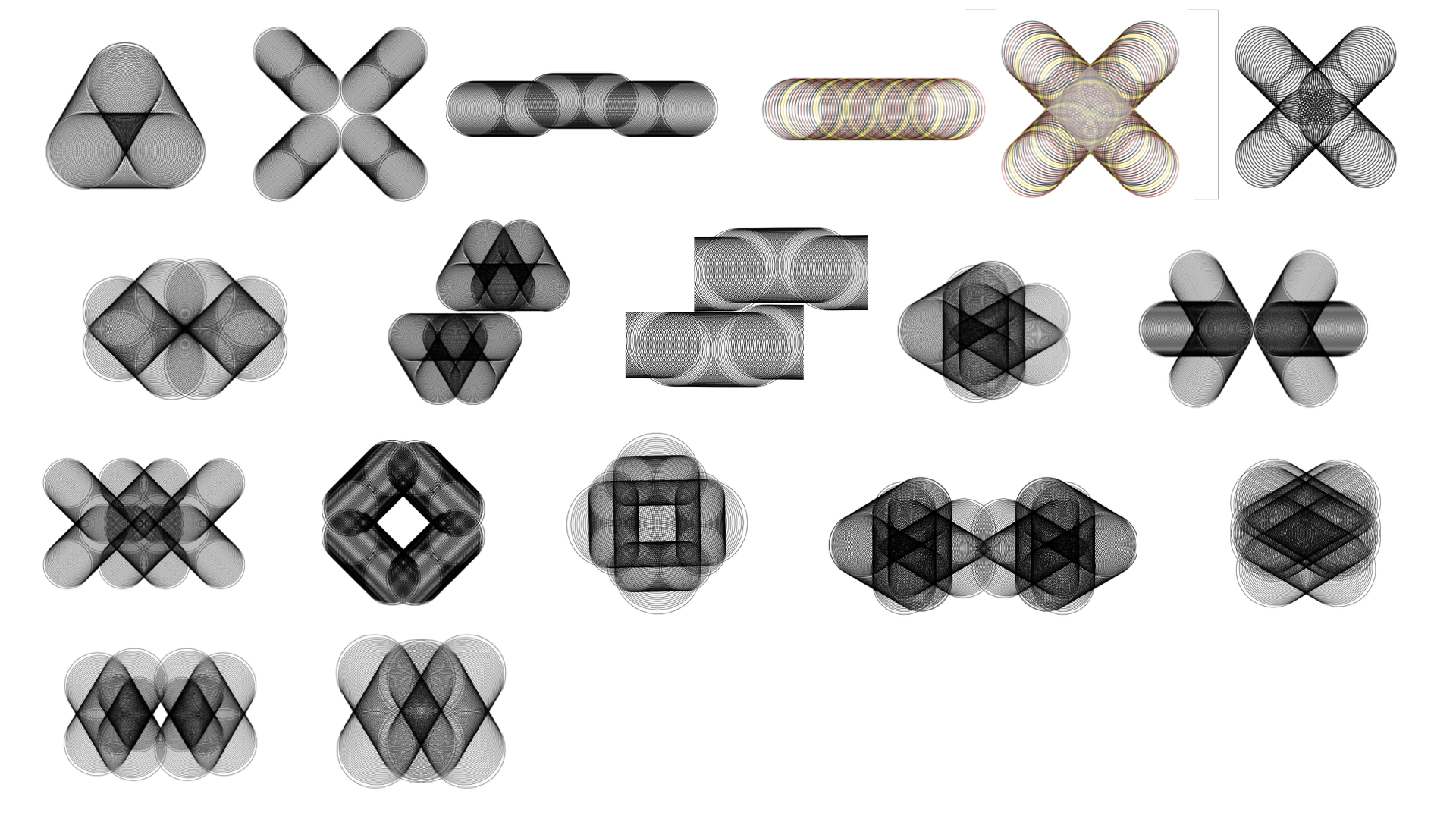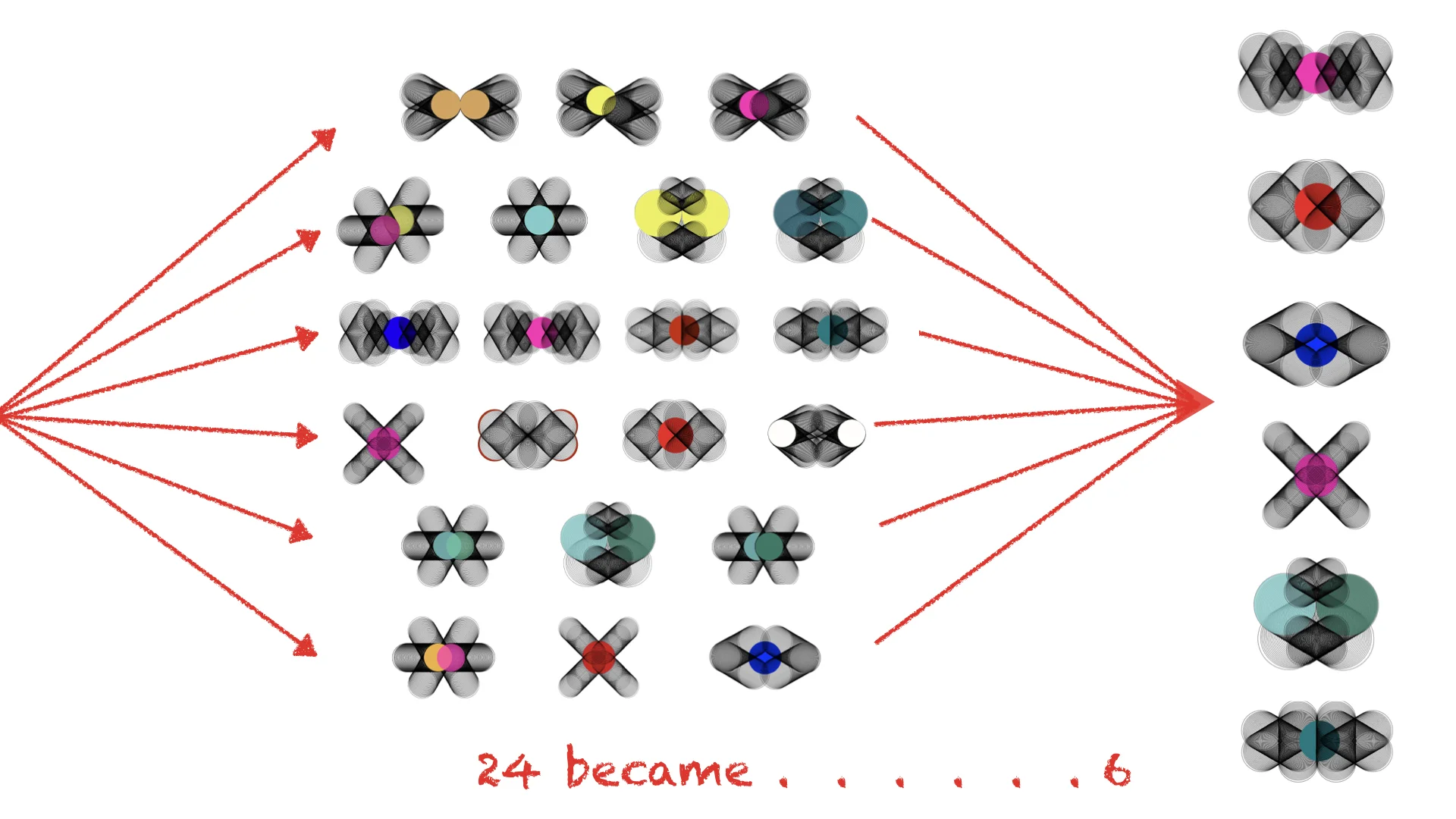Strategies for Creativity & Discovery
This page unpacks my creative process into 6 stages of discovery. Including the thinking, feeling and action strategies I used in each phase
There are also 8 ‘reflective strategies’ that go deeper. Including the overarching strategy of mindfulness.
I BELIEVE UNDERSTANDING MORE ABOUT OUR OWN CREATIVE PROCESS
BUILDS TRUST AND CONFIDENCE IN THIS MOST PRECIOUS ABILITY
SIX STAGES OF DISCOVERY
TRICKY BEGINNINGS : Bumbling about in the not-knowing
BEING BLOCKED : The importance of stopping
HUNCH TO BREAKTHROUGH : A different kind of knowing
IN FLOW : A different way of being
DIVERGENCE TO CONVERGENCE : A 360 in thinking
REPEAT LOOPS : Strengthening the creative resilience pump
DEEP REFLECTIVE STRATEGIES
Turning the negative inner critic into a supportive voice
Seeing mistakes as opportunities
Knowing when to stop
Accept blocks & not knowing as part of the process
Using movement to shift perspective
Tuning in to intuition and feelings throughout the process
Tuning into body
Mindfulness meditation to assist deep reflection
1.TRICKY BEGINNINGS: Bumbling about in the not-knowing
My experience… Inspired to create my own meditation mandala from tree photos I created 31 digital iterations in 3 days
Documenting the iterations and how ‘mistakes’ often become part of the solution
Common feelings… Excitement, hope, self-doubt, impatience, anxiety, fear, obsession and exhaustion (by the end)
Common supportive thinking styles… Open, questioning, imaginative, associative, experimental, playful. And not supportive… narrow, linear, one track, analytical, overtly critical
Deep reflective strategies…Try to be aware of the inner critic and change this ‘voice’ to a more encouraging one, try to trust intuition/gut feeling, be patient and see ‘mistakes’ as opportunities
Action/design strategies… Combining two inspirations to create something unique and creating many, many iterations
2.BEING BLOCKED: THE IMPORTANCE OF STOPPING
My experience… After 3 days work I felt that nothing I had created worked as a meditation mandala. I felt blocked for 11 days
‘Manhattan from across the East River’ - shifting perspective physically can help us unblock a block
Common feelings… Failure, disappointment, self-doubt, frustration, fearful, overwhelmed, stuck, useless, sad
Common unsupportive thinking styles… Overtly negative
Deep reflective strategies… Notice the inner critic. Recognise that being blocked is a normal part of discovery. Remember other times when you have pushed through a similar block. Develop a more encouraging inner voice.
Action strategies… Stop all work and get physical. Movement; walking/running, being in the shower (water moves) or in a moving vehicle can help shift a block. Literally shift your perspective by walking to somewhere where you can see a broader physical view. For example head to the top of a hill or building, or to the edge of water
3.HUNCH TO BREAKTHROUGH: A different kind of knowing
My experience… My perspective shifted, I had a sudden insight to use the same layout using just a circle
My insight… Overlapping circles created a moire effect, these held a feeling of something magic or mystical, like there was something previously hidden revealed (see animation)
Common feelings… Self-belief, confidence, an inner feeling of knowing. I sensed that ‘something may happen’ if I replaced the branch with a simpler shape. That ‘something’ was a moire pattern. A pattern created by chance from overlapping lines
Common thinking styles… Synthesis (things coming together). My previous knowledge of moire patterns informed this project
Deep reflective strategies… Try and be aware of what happened during the breakthrough. For me, moving out of the closed, critical mode, I became more open which helped me to see ‘mistakes’ as opportunities. The discovery of the moire was accidental. Being more open I allowed the computer program to dictate where the images went. Then BOOM, I had it
4.IN FLOW: A DIFFERENT WAY OF BEING
My experience… A long period of intense work generated many possibilities, this is the hard graft of creativity
Combining the best parts of previous iterations can make the next versions more complex
Common feelings… Joy, ease, self-belief, obsession with the project
Common thinking styles… Flexible thinking (moving quickly between being very focused to being very open) = the definition of creative thinking
Deep reflective strategies… Being aware of how you feel. This stage is often described as a profound feeling of satisfaction and optimal performance where enjoyment of the process trumps the need to know the outcome. Csikszentmihaly (1996) coined the term ‘flow’ to describe this experience
Action/design strategies… Rapid iteration, combing the best parts of previous ideas to make new versions
5.DIVERGENCE TO CONVERGENCE : A 360 in thinking
My experience… I now had so many versions I needed to stop, shift my thinking and reflect on how to select the best ones
My selection of 18 images from 48 iterations
My insight… the motifs that worked as mandalas all have a clear focal point that help hold the attention of the meditator. Rejected images were too confusing and/or complex. The experiments with colour did not quite work but I felt colour was needed. Identifying this clarified my next stages.
Common feelings… Shifting to opposite thinking styles is hard. I felt frustration and resistance
Common thinking styles… Once you shift to critical thinking (in a positive analytical way), you are able to select the best work and so define your next direction
Deep reflective strategies… The negative inner critic feeds on exhaustion. Try to take regular breaks. To stop, shift and analyse what’s working or not. Tuning into the body can help us know when to stop….. I realised that before I stopped and switched my thinking I had been in a block of a different kind. Stuck creating endlessly without direction. Searching for a feeling of rightness and ‘flow’ which I had slowly lost. Stopping helps you notice how you feel. Hopefully this happens before frustration and the negative inner critic takes hold
Action/design strategies… reflecting on whats working or not and putting the working creations together is a key unblocking design strategy. It is likely you may have to stop before you can shift your thinking from exploration to analysis
6.REPEAT LOOps : Strengthening THE CREATIVE RESILIENCE PUMP
My experience… 11 months of repeating stages 2 to 5 creating 100’s of iterations and selecting the best ones. Then my biggest insight of all
Every loop is a chance to be more mindful
It takes many rounds of creation to truly discover and resolve something new. I experienced the previous 5 stages 9 times (see video below) before I was happy with my final set of mandalas. Going round and round on these loops builds tolerance for not knowing and strengthens our creative muscles. By regularly flexing your thinking from open, divergent, generative thinking to analysis, detail thinking and decision making we actually rewire our brain to keep working in this way. So this flexing is the heart of creativity which needs to be pumped like a heart to build strength
Deep reflective strategies leading… One of my main purposes behind this project was to clarify HOW I experienced creativity. In the hope that I could identify strategies to support my creative practice and help others to support theirs. I also received a deep insight that was staring me in the face all along…
My deep insight… I was creating mandalas to remind me to do my mindfulness meditation but the meditation itself became the key thing that facilitated the whole project. Tuning into what’s happening to you when it’s happening IS mindfulness. Mindfulness developed with meditation is one of the best way develop resilience for any kind of learning
Documenting the resolution of 7 final works
My final insight… That simpler motifs worked better as mandala. That colour would give the mandala a clear focal point. That asymmetrical / imperfect mandala’s irked or challenged the viewer in an engaging way. That this imperfect symmetry could communicate something about accepting imperfections in ourselves







